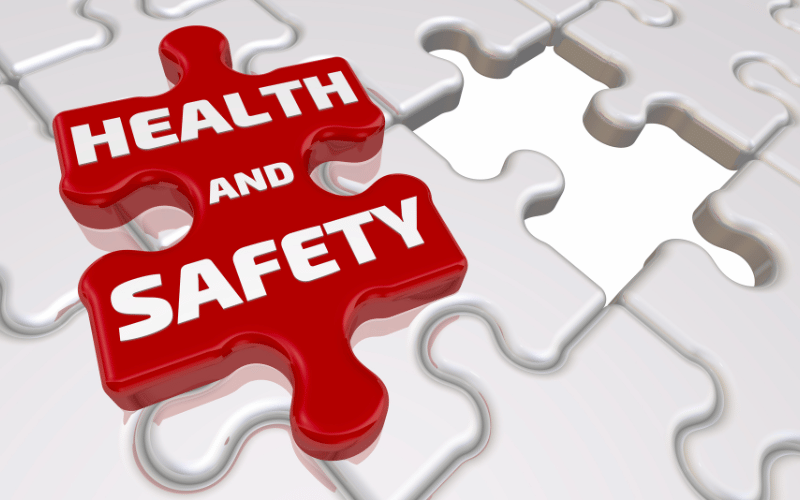The kitchen, often considered the heart of the home, can also harbor a surprising number of potential hazards. From sizzling flames to slippery floors, sharp knives to hidden bacteria, lurking dangers can turn a culinary adventure into a trip to the emergency room. But fear not, intrepid chefs and home cooks! With a little awareness and proactive planning, you can transform your kitchen into a haven of safety and deliciousness.
Step 1: Identify the Threats – Become a Kitchen Sherlock
The first step to conquering kitchen dangers is identifying them. Think like a detective, scanning your environment for potential troublemakers. Here are some common culprits:
Fire Hazards:
• Open flames: Gas stoves, grills, and even toasters pose fire risks. Keep flammable materials like towels, paper bags, and oil away from heat sources.
• Grease build-up: Regularly clean ovens and stovetops to prevent grease fires.
• Electrical hazards: Inspect cords for damage and avoid overloading outlets.
Cuts and Burns:
• Sharp knives: Always use sharp knives properly and store them safely.
• Hot surfaces: Use pot holders and oven mitts when handling hot items.
• Boiling liquids: Be cautious when handling hot pots and pans, and avoid overcrowding the stovetop.
Slips and Falls:
• Wet floors: Spills happen, so clean them up immediately. Use non-slip mats in wet areas.
• Clutter: Keep walkways clear of obstacles like cords, utensils, and boxes.
• Loose carpets or rugs: Secure rugs with non-slip pads.
Foodborne Illness:
• Improper food handling: Wash hands thoroughly before and after handling food. Cook meat and poultry to proper temperatures.
• Cross-contamination: Use separate cutting boards and utensils for raw and cooked food.
• Refrigerator malfunctions: Ensure your fridge maintains a safe temperature (below 40°F).
Step 2: Assess the Risk – Separating the Wolves from the Sheep
Not all hazards are created equal. Some pose immediate danger, while others might only be a minor concern. Here’s how to assess the severity:
• Likelihood: How likely is the hazard to occur? A knife left on the counter daily is more likely to cause harm than a fire extinguisher malfunctioning.
• Severity: What are the potential consequences of the hazard? A minor cut from a dull knife is less severe than a deep burn from a hot pan.
• Exposure: How many people are exposed to the hazard? A child left unsupervised near a hot stove faces higher risk than an adult cooking alone.
By considering these factors, you can prioritize the risks that need immediate attention.
Step 3: Control the Chaos – Taming the Kitchen Beast
Now comes the fun part: taking action! Here are strategies to control various kitchen risks:
Fire Safety:
• Install and maintain smoke detectors and fire extinguishers.
• Turn pot handles inwards to avoid accidental bumps.
• Never leave cooking unattended.
Cut and Burn Prevention:
• Use the right knife for the job and keep them sharp.
• Wear oven mitts when handling hot items.
• Let hot liquids cool before transferring them.
Slip and Fall Prevention:
• Clean spills promptly.
• Wear closed-toe, non-slip shoes.
• Keep walkways clear of clutter.
Food Safety:
• Wash hands frequently and thoroughly.
• Cook food to safe internal temperatures.
• Refrigerate leftovers promptly.
• Clean and sanitize surfaces regularly.
Remember, safety is a continuous journey, not a one-time destination. By staying vigilant, taking proactive steps, and involving everyone in your kitchen, you can create a safe and enjoyable environment for culinary creations and happy memories. So, grab your apron, sharpen your awareness, and conquer the kitchen with confidence!


